Reptile shedding, scientifically known as ecdysis, is a natural process that allows reptiles to grow and maintain healthy skin. However, shedding issues are among the most common health concerns faced by reptile owners. When a reptile experiences difficult shedding, or dysecdysis, it can lead to serious complications including constriction injuries, skin infections, and extreme discomfort for your scaly companion. Understanding how to reduce shedding problems is essential for maintaining your reptile’s health and happiness. In this comprehensive guide, we’ll explore numerous strategies to help your reptile shed successfully, from environmental adjustments to specific interventions for different species.
Understanding the Natural Shedding Process
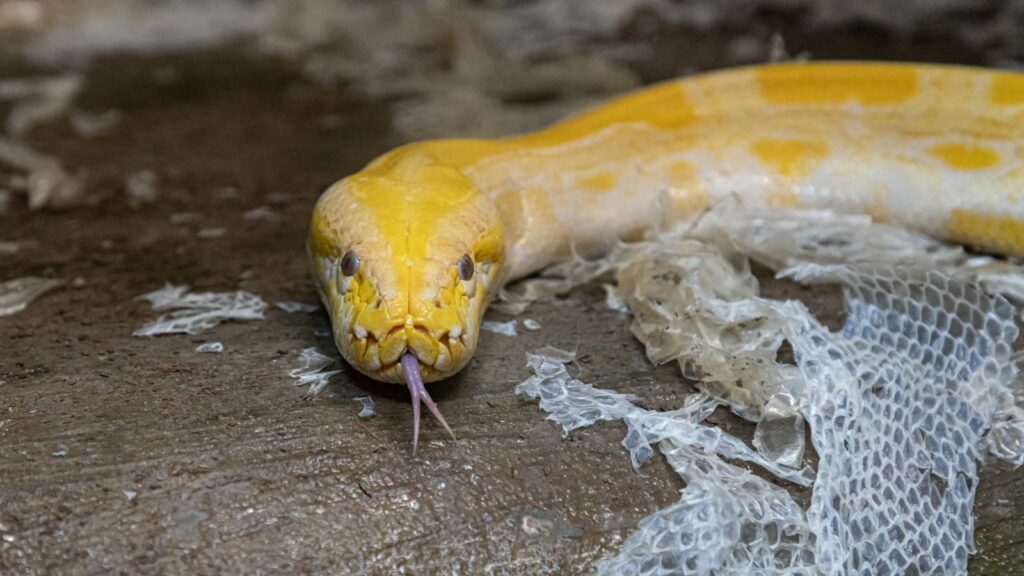
Unlike mammals that continuously shed individual skin cells, reptiles shed their skin in pieces or sometimes as a complete unit. This process is triggered by growth and is regulated by thyroid hormones that control the formation of a new skin layer beneath the old one. Once the new skin forms completely, the reptile will begin to show signs of an impending shed – including a dulling of color, behavioral changes, and in some species, cloudy eyes known as the “blue phase.” Understanding this natural process is crucial because it helps you recognize when your pet is preparing to shed versus when they might be experiencing problems. Most healthy reptiles complete a shed within a few days to a week, although larger species may take longer, and you should become familiar with your specific pet’s normal shedding timeline.
Maintaining Proper Humidity Levels
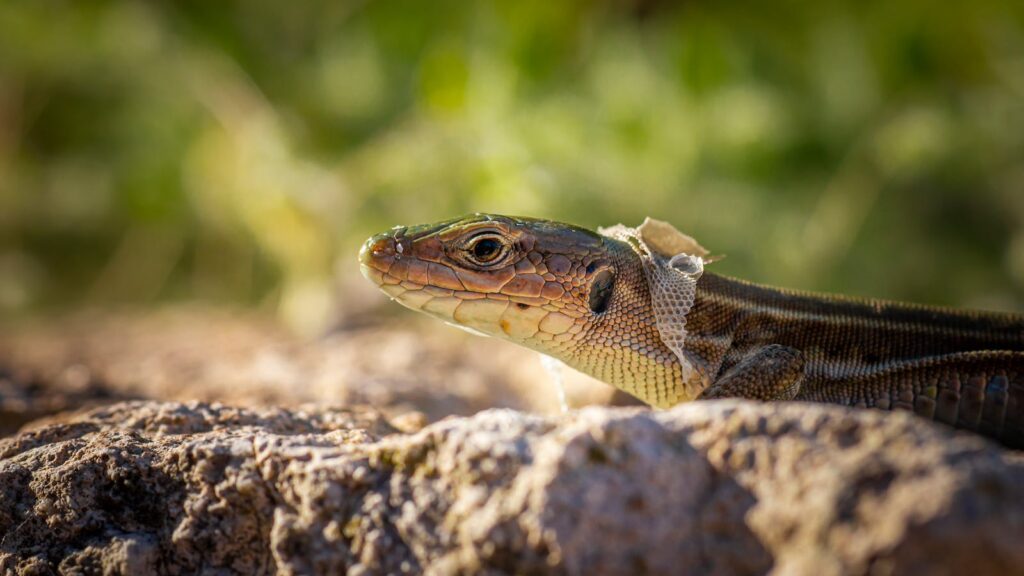
Inadequate humidity is the leading cause of shedding problems in captive reptiles, making proper moisture management critical to successful sheds. Different species require different humidity levels – desert species like bearded dragons typically need 30-40% ambient humidity with temporary increases during shedding, while tropical species such as ball pythons require 50-70% consistently. Using a quality hygrometer to monitor humidity levels is essential, as guesswork can lead to both under and over-humidification problems. To maintain appropriate humidity, consider using substrates that hold moisture well (like cypress mulch or coconut coir), automated misting systems for precise control, or humidity-retaining hide boxes filled with damp sphagnum moss where reptiles can retreat when feeling the urge to shed.
Creating Proper Environmental Temperature Gradients
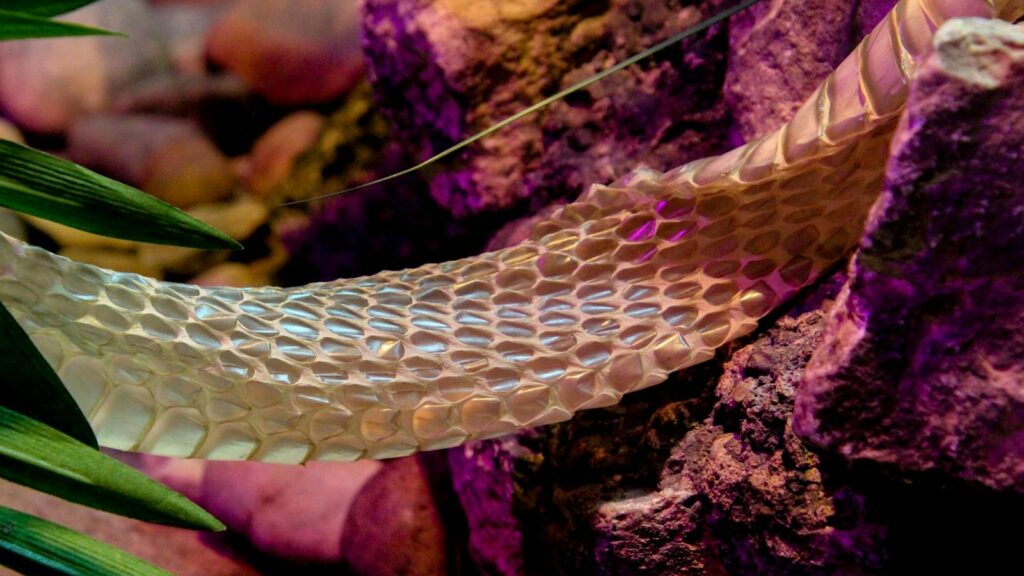
Temperature plays a vital, but often overlooked, role in the shedding process, as proper thermoregulation affects a reptile’s metabolism and its ability to shed effectively. All reptile enclosures should provide a temperature gradient allowing animals to move between warmer and cooler areas as needed. The warm basking spot enables the reptile’s body systems to function optimally, aiding in skin separation, while cooler retreats prevent overheating during this metabolically demanding time. Many experienced reptile keepers notice that providing a slight temperature increase during shedding periods (approximately 2-3°F higher than normal) can facilitate easier sheds in some species. Remember that UVB lighting is also crucial for many species’ overall health and may indirectly support the shedding process by promoting proper calcium metabolism and overall skin health.
Designing Effective Shedding Aids in the Habitat
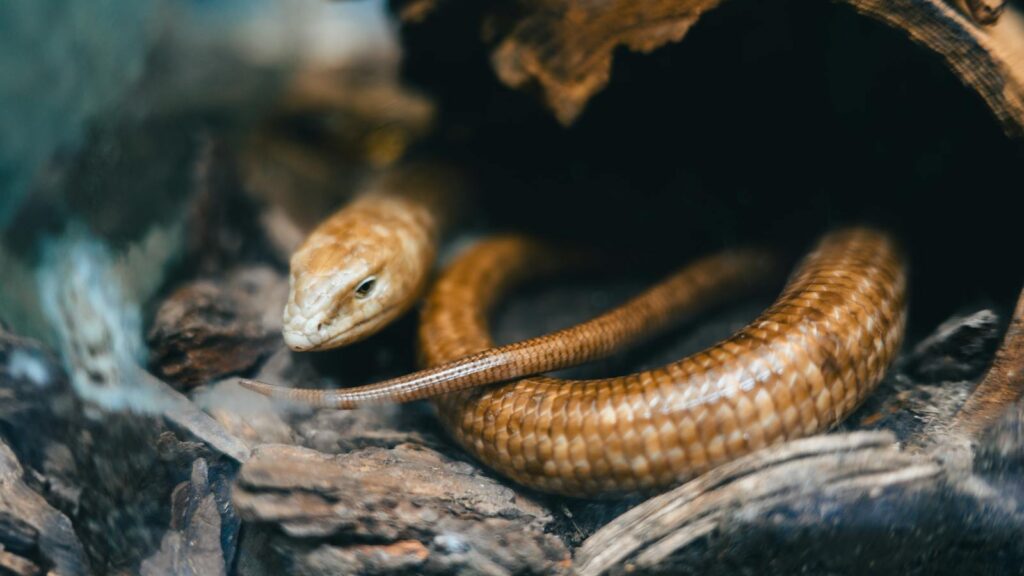
Thoughtfully designed enclosures incorporate natural shedding aids that reptiles instinctively use to remove stubborn skin. Rough-textured objects like bark, branches, rocks, and commercially available shedding aids give your reptile something to rub against when removing loosened skin. The placement of these items is just as important as their presence – ensure they’re positioned in areas your reptile frequently visits and are sturdy enough to withstand vigorous rubbing without tipping over or collapsing. For arboreal species like crested geckos or emerald tree boas, vertical surfaces with appropriate textures are particularly important, while terrestrial species benefit from horizontal rough surfaces at ground level. Observe your reptile’s natural behavior to determine which surfaces they prefer during shedding times and provide more of those elements.
Offering Specialized Shedding Enclosures
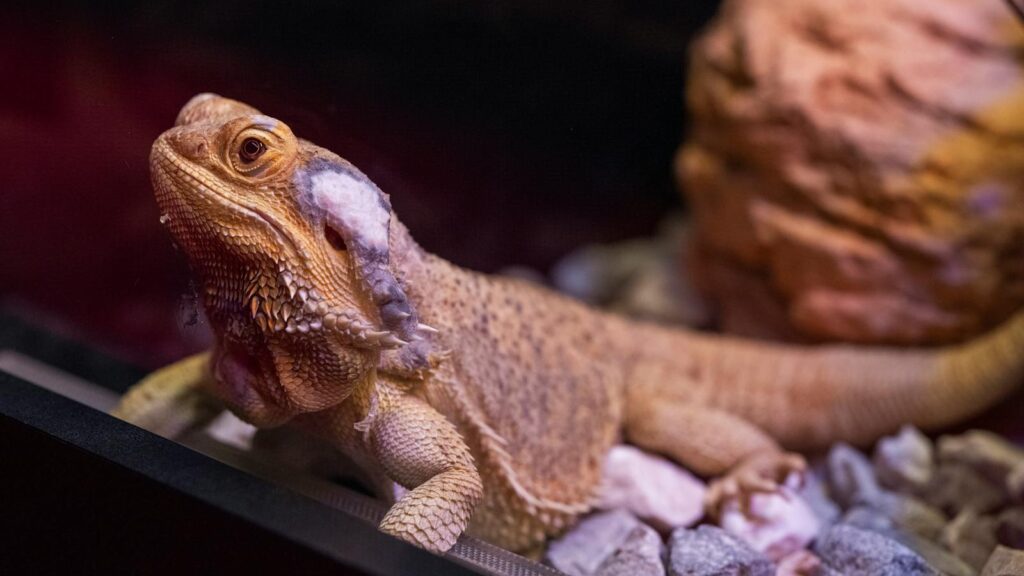
For reptiles experiencing persistent shedding difficulties, creating a specialized shedding enclosure can make a remarkable difference in shedding success. These temporary enclosures, sometimes called “sauna boxes,” provide a controlled environment with elevated humidity specifically during the shedding process. To create an effective shedding enclosure, use a plastic container with ventilation holes, line it with damp paper towels or sphagnum moss, and maintain appropriate temperatures using a safe heat source. Many owners find that 30-60 minute sessions in these enclosures, once or twice daily during active shedding, significantly improve outcomes for problematic shedders. However, never leave your reptile unattended in these temporary enclosures, as the high humidity combined with heat can potentially cause respiratory issues if used for extended periods.
Nutrition’s Role in Healthy Shedding
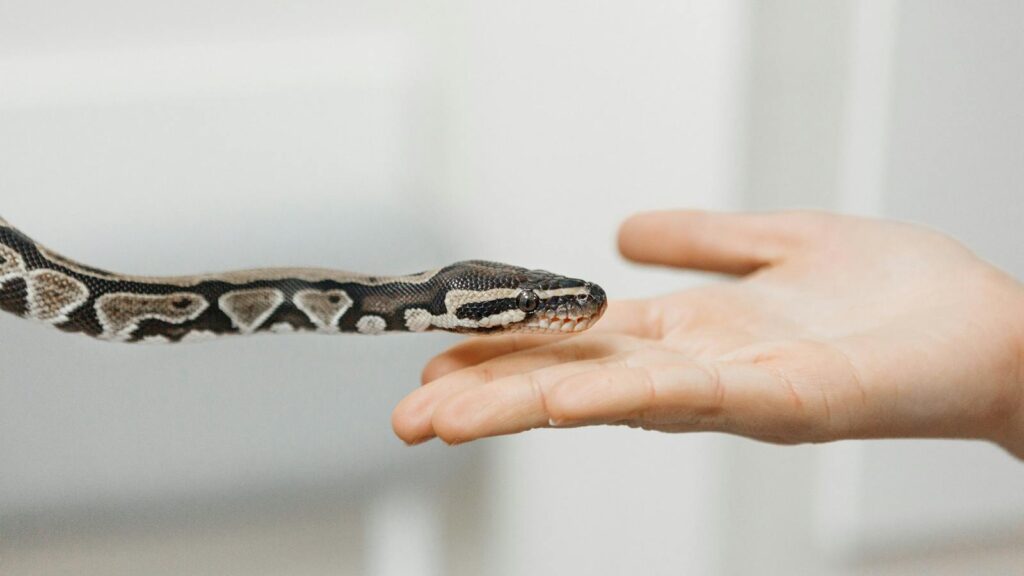
A well-balanced diet is fundamental to successful shedding, as nutritional deficiencies often manifest as shedding problems even when environmental conditions are optimal. Ensure your reptile receives appropriate vitamins and minerals, particularly vitamin A, which is crucial for epithelial tissue health and directly impacts skin quality and shedding ease. Calcium and protein deficiencies can also contribute to poor sheds, as they affect the structural integrity of new skin formation. For insectivorous species, gut-loading feeder insects with nutrient-rich foods and dusting them with appropriate supplements provides essential nutrients. Offering varied diets appropriate to your species – whether that’s different insect species for insectivores, diverse vegetables for herbivores, or varied prey items for carnivores – helps ensure complete nutrition that supports healthy skin development and shedding.
Hydration Strategies Beyond Ambient Humidity
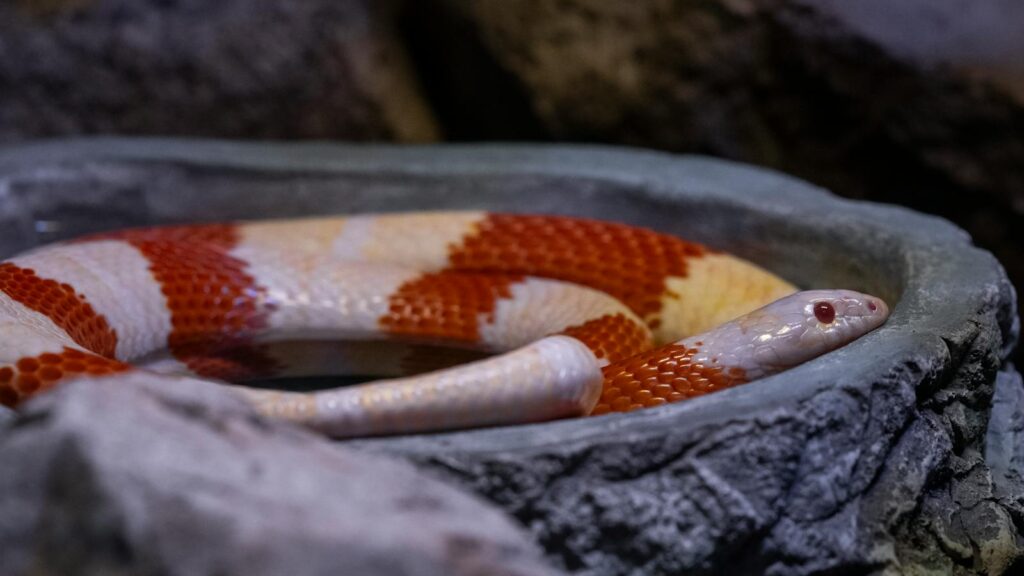
While environmental humidity is crucial, direct hydration is equally important for successful shedding in reptiles. Always provide clean, fresh water in a container appropriate for your species – shallow dishes for terrestrial species and deeper options for semi-aquatic reptiles like water dragons. Some species benefit greatly from regular misting, which allows them to drink water droplets from their bodies or surrounding surfaces. Bathing can be particularly effective for species that tolerate it, such as many turtles, tortoises, and larger lizards. For reluctant drinkers, offering water-rich foods like cucumber or watermelon during shedding periods can provide supplemental hydration. Remember that hydration needs often increase during shedding periods, so be particularly vigilant about water availability as your reptile prepares to shed.
Species-Specific Shedding Considerations
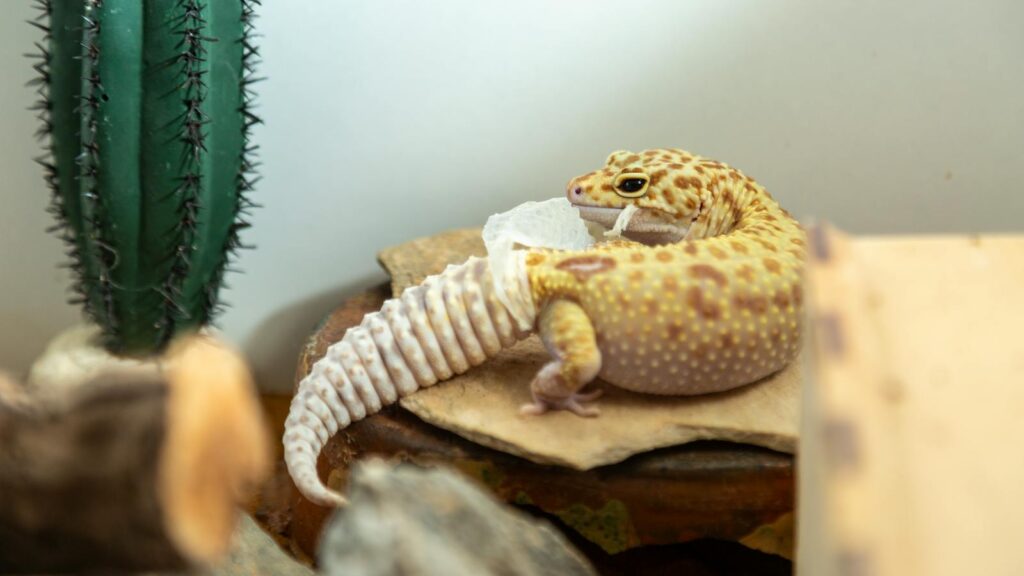
Different reptile species have evolved unique shedding patterns that require specialized approaches to prevent problems. Snakes typically shed their skin in one complete piece, and incomplete sheds often indicate humidity issues that can be addressed with shedding boxes or gentle soaking. Lizards generally shed in patches, with species like bearded dragons frequently consuming their shed skin for nutritional recovery. Geckos require special attention to toe pads and tail tips, where retained shed can cause constriction injuries. Chelonians (turtles and tortoises) shed scutes individually rather than all at once, and forcing scute removal can damage the underlying shell. Understanding the normal shedding pattern of your specific species allows you to distinguish between natural variations and problematic situations that require intervention.
Recognizing When to Intervene
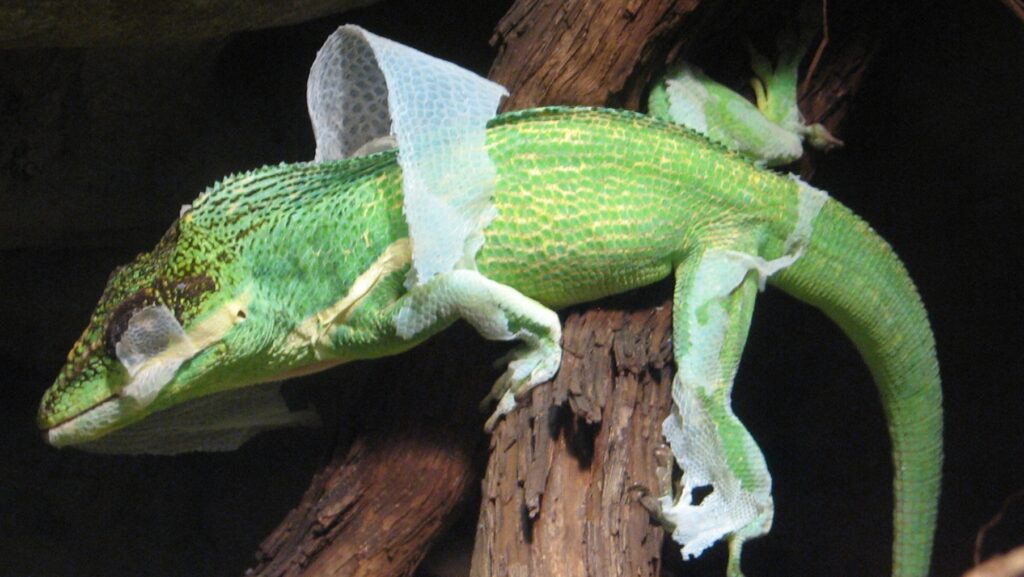
While most reptiles shed successfully with proper habitat conditions, knowing when to intervene with retained shed is crucial to preventing complications. Consider intervention necessary when shed remains on sensitive areas like the eyes, toes, tail tips, or hemipenes for more than 1-2 days after most of the body has shed. Signs that retained shed is becoming problematic include visible constriction, swelling, discoloration of the affected area, or behavioral changes like limping or excessive rubbing. Small patches of retained shed on the body may resolve naturally during the next shedding cycle, but eye caps and digital constrictions should never be left untreated. Always remember that preventative measures are preferable to interventions, which should be gentle and cautious to avoid causing injury.
Safe Removal of Retained Shed
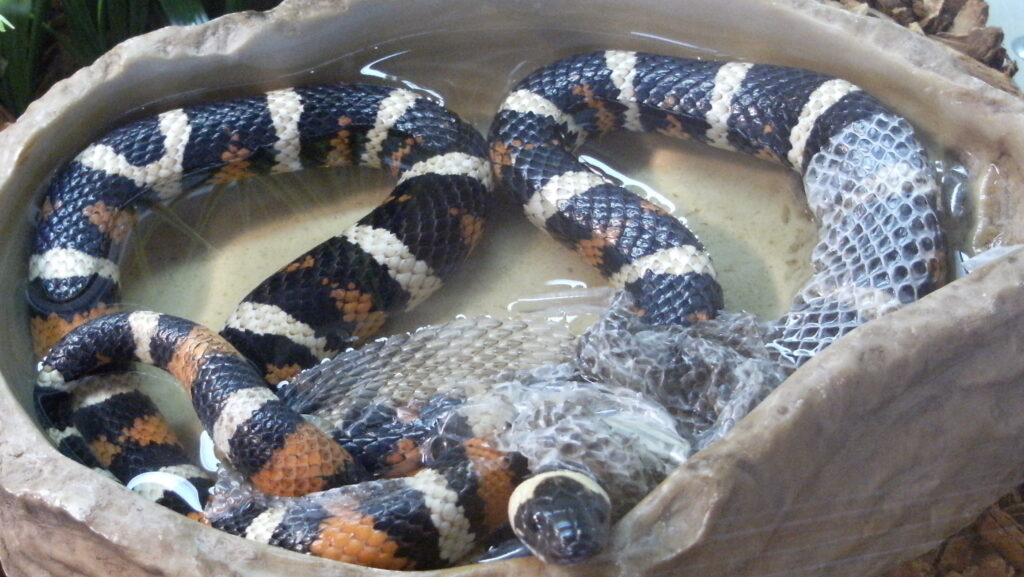
When intervention becomes necessary, using proper techniques minimizes stress and prevents injury to your reptile. Begin with the least invasive method: soaking your reptile in shallow, lukewarm water (approximately 85-90°F) for 15-30 minutes to soften stubborn skin. For more persistent cases, adding a few drops of mild, reptile-safe soap can help break surface tension and allow water to penetrate between layers of skin. After soaking, gently remove loosened skin using a cotton swab or a soft-bristled toothbrush, working in the direction of scale growth to prevent tearing. For particularly sensitive areas like eye caps or toe sheaths, consult an experienced veterinarian rather than attempting removal yourself, as improper technique can cause permanent damage. Never use force, adhesive tape, or sharp objects to remove shed, as these methods can cause pain, tissue damage, and stress.
Monitoring for Health Issues Related to Shedding
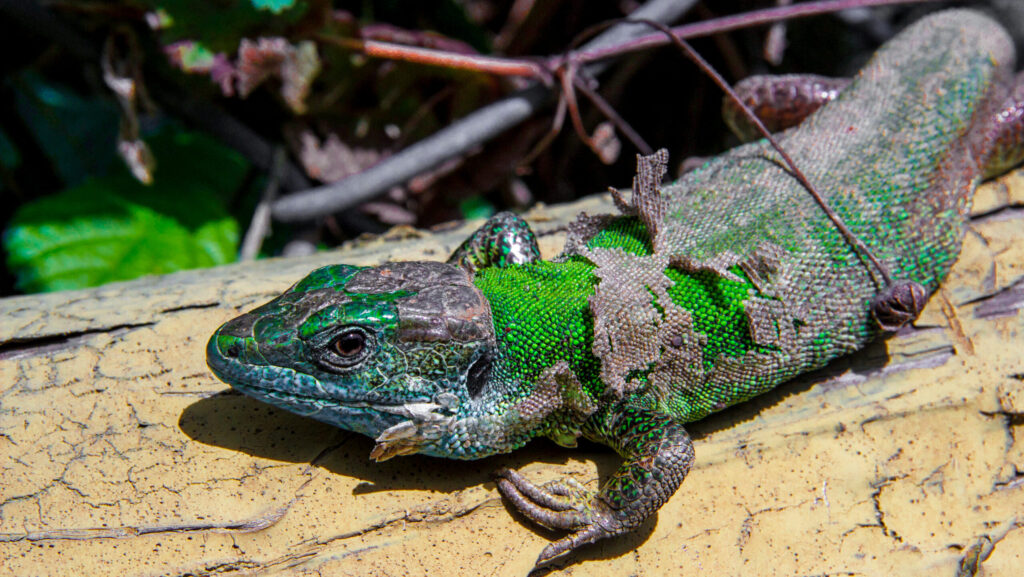
Chronic shedding problems often signal underlying health conditions that require veterinary attention. Persistent dysecdysis despite environmental corrections could indicate parasitic infections, fungal skin disease, or systemic health problems affecting the reptile’s overall condition. Signs warranting immediate veterinary evaluation include redness, swelling, discharge, or foul odor around areas of retained shed, as these may indicate secondary bacterial infections requiring antibiotic treatment. Metabolic bone disease, a common nutritional disorder resulting from calcium/vitamin D3 deficiencies, frequently manifests with shedding abnormalities alongside other symptoms like tremors or softened jawbones. Regular weight monitoring helps detect subtle health changes that might affect shedding, as unexplained weight loss often precedes visible shedding difficulties and may indicate a health issue requiring professional assessment.
Adjusting Care for Aging Reptiles
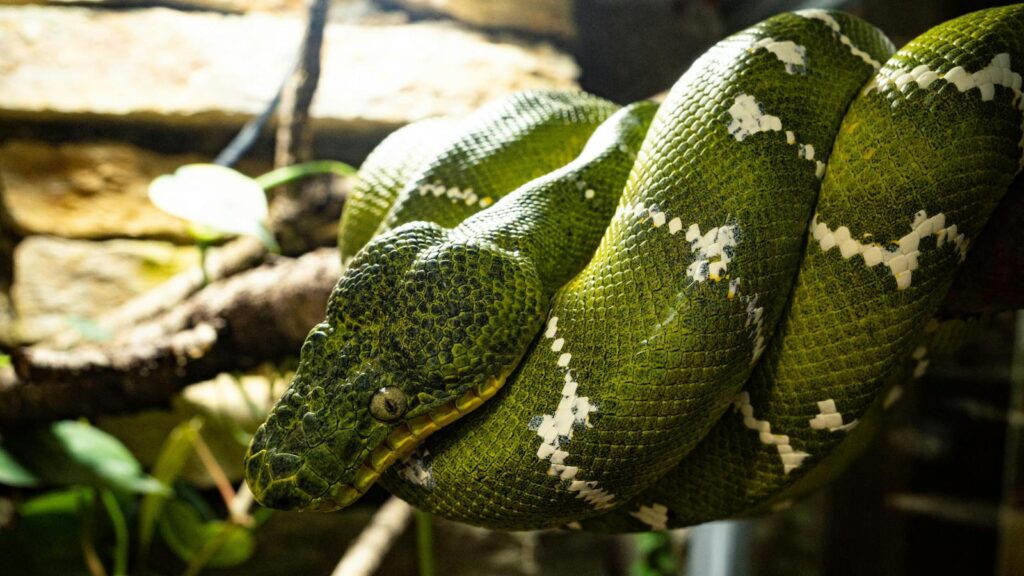
As reptiles age, their shedding patterns and requirements often change, necessitating adjustments to their care routines. Senior reptiles typically shed less frequently than juveniles but may experience more difficult sheds due to decreased skin elasticity and reduced activity levels. Older individuals frequently benefit from additional humidity support, more frequent soaking opportunities, and extra environmental enrichment encouraging movement that facilitates natural shed removal. Be particularly vigilant about retained shed in elderly reptiles, as they may be less effective at removing it themselves through normal rubbing behaviors. Health conditions more common in aging reptiles, such as arthritis or decreased organ function, can also impact shedding, making regular veterinary check-ups increasingly important as your reptile enters its senior years.
Maintaining Detailed Records
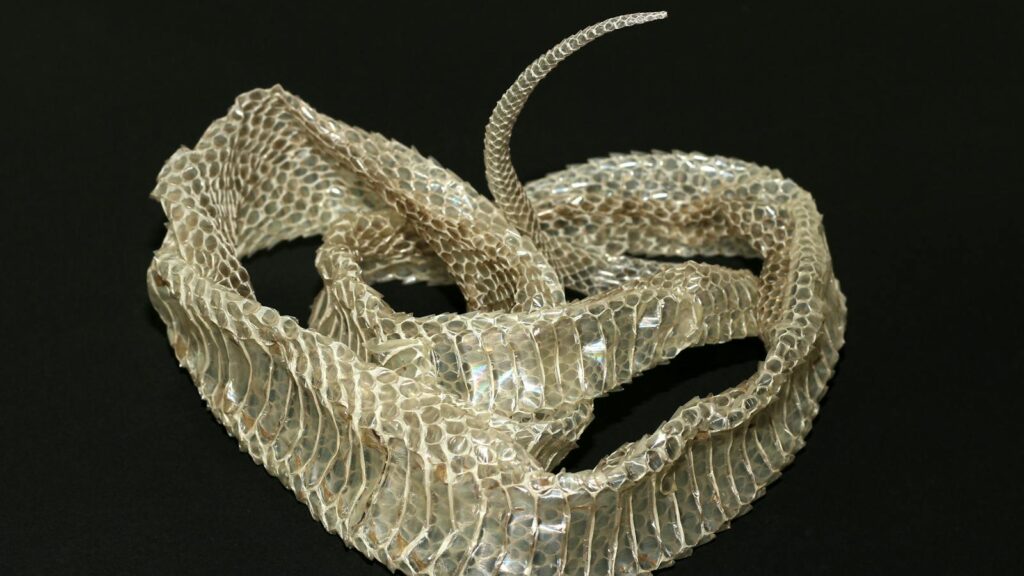
Documentation plays a vital role in identifying and addressing shedding patterns and problems over time. Keep a dedicated journal recording each shed, including the date, duration, completeness, any assistance provided, and notable observations about your reptile’s behavior before, during, and after shedding. Photographing each shed helps track subtle changes that might otherwise go unnoticed and provides valuable reference material for veterinary consultations if problems arise. These records help establish your individual reptile’s normal shedding timeline, allowing you to quickly identify deviations that might indicate health concerns. Additionally, tracking environmental parameters (temperature, humidity) alongside shedding events can reveal correlations between habitat conditions and shedding success, enabling you to fine-tune your husbandry practices for optimal results.
Providing proper conditions for healthy shedding is one of the most fundamental aspects of reptile care. By understanding your specific species’ requirements and implementing the strategies outlined in this guide, you can significantly reduce shedding complications and ensure your scaly companion remains comfortable and healthy throughout this natural process. Remember that consistency in husbandry practices, regular observation, and prompt intervention when necessary are key components of successful shed management. When in doubt about persistent shedding issues, consulting with an experienced reptile veterinarian is always the wisest course of action. With attention to detail and proper care, you can help your reptile navigate the shedding process with minimal stress and complications.

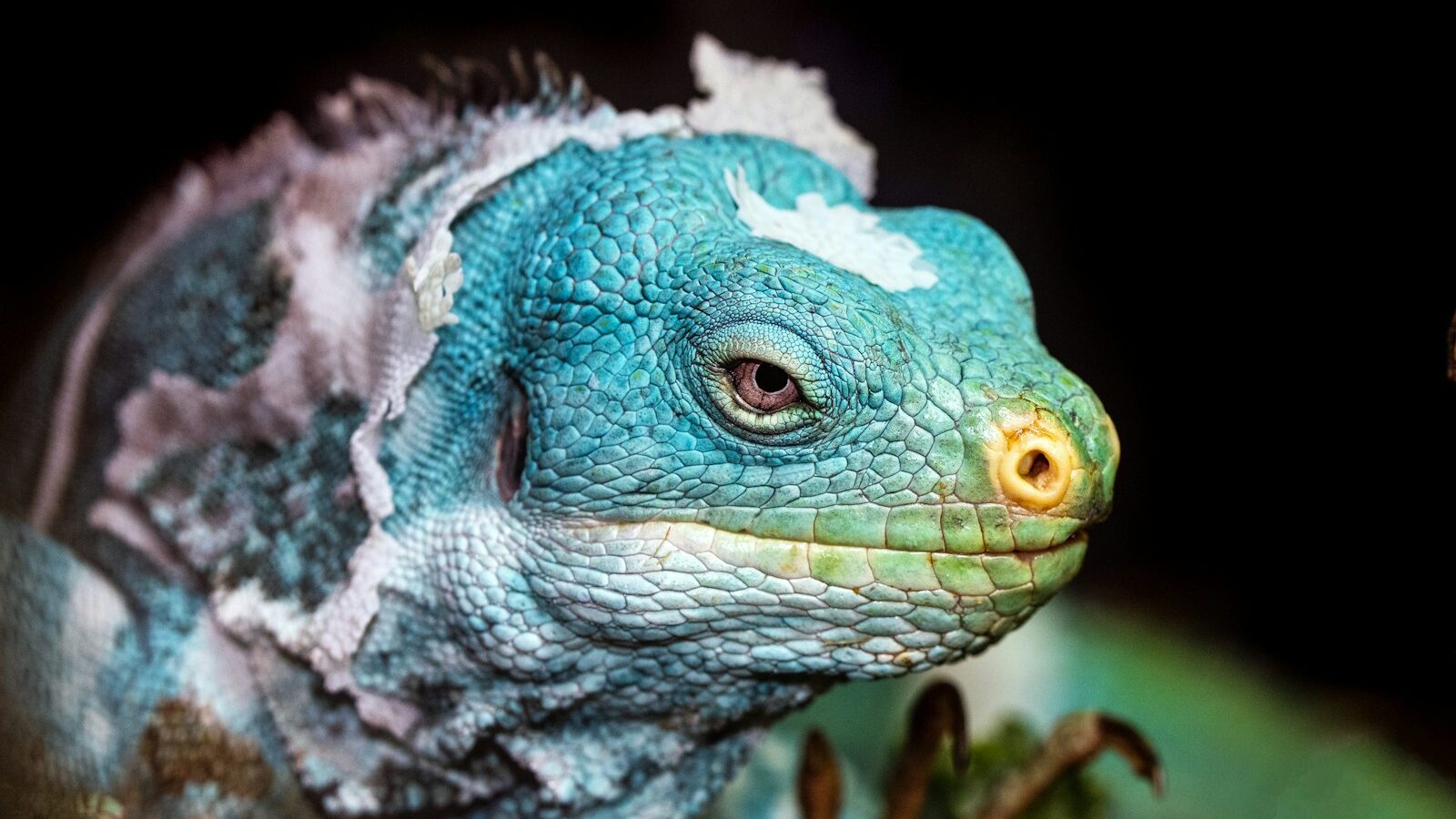







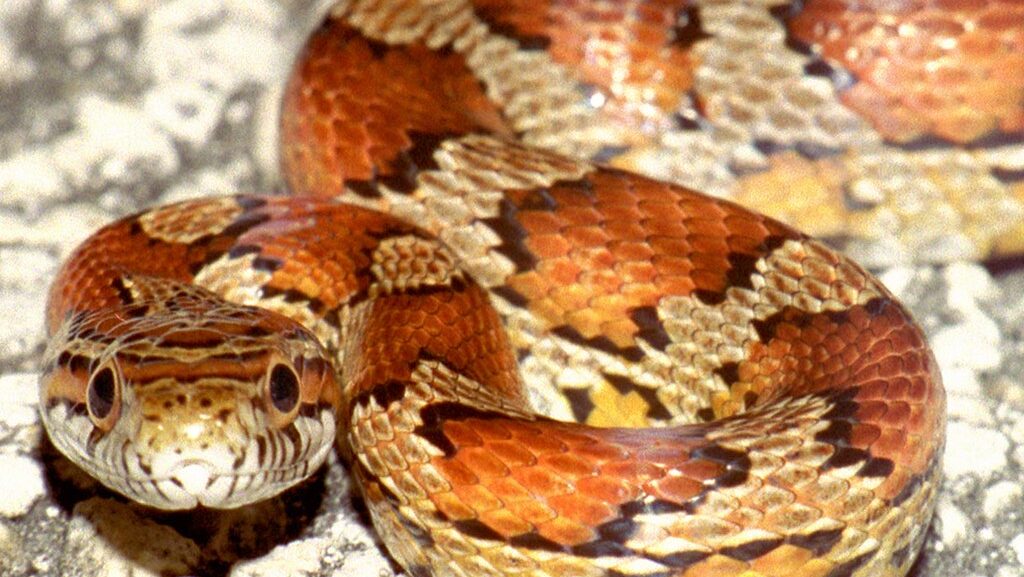
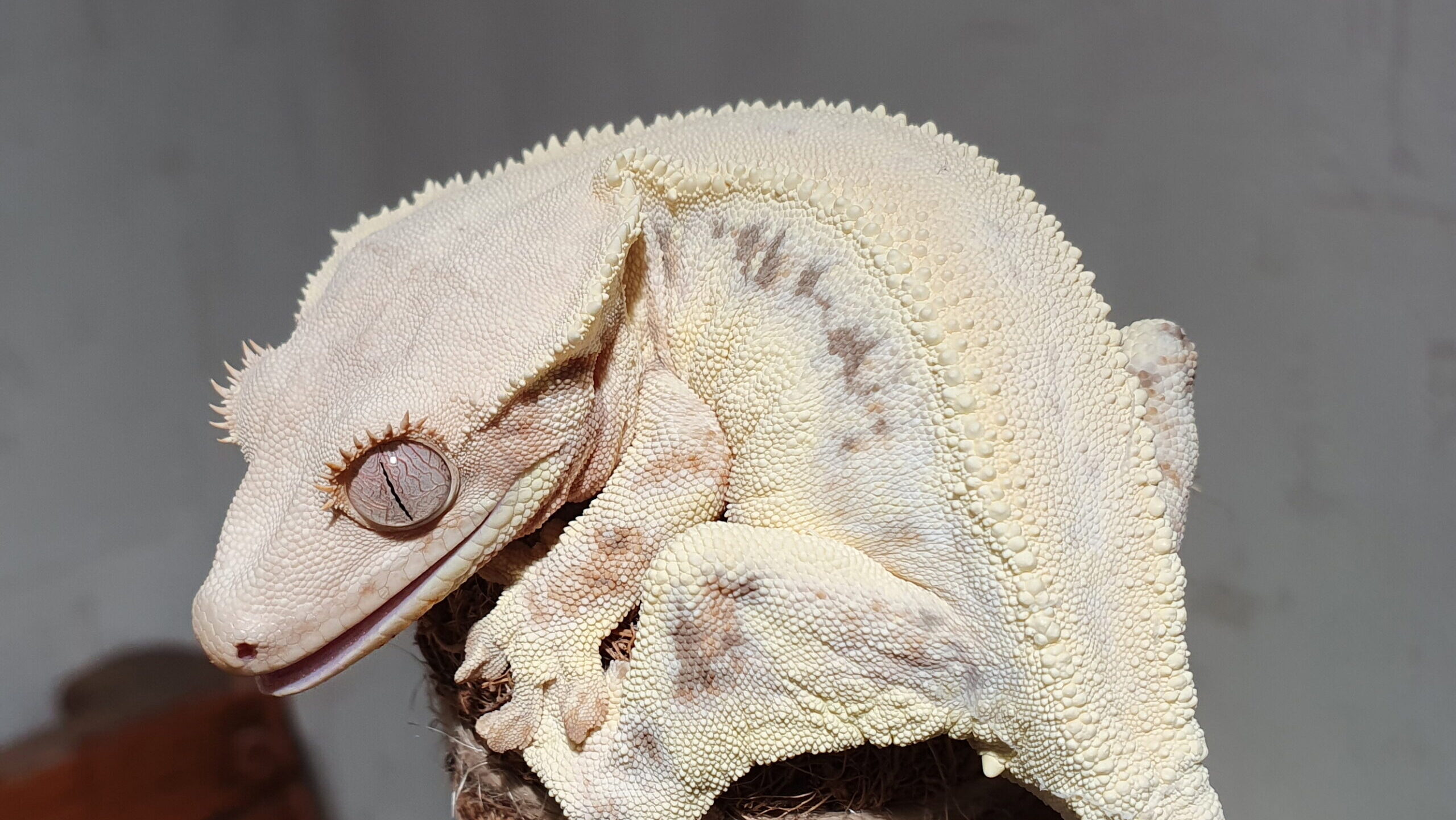





Leave a Reply